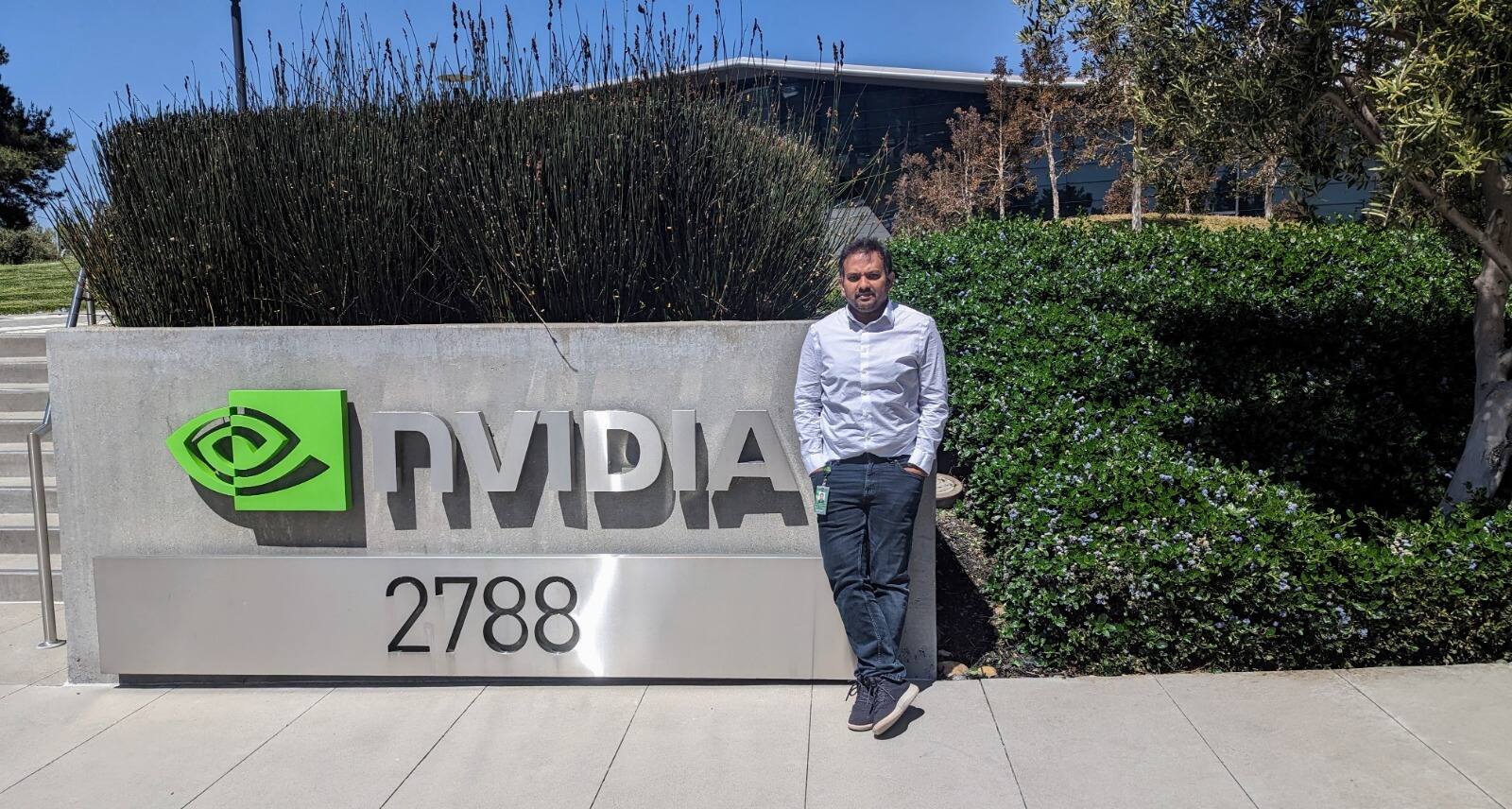How To Improve Your Business' Efficiency Using Artificial Intelligence And Automation
As this technology continues to advance, its implementation and adoption across industries becomes essential for success.
Automation with the application of Artificial Intelligence is one of the foundational elements of an organization’s journey of digital transformation in 2023. While cloud operations have been the prudent choice for elevating businesses during the past couple of decades, automation and AI have culminated into the holy grail for transforming businesses and outputs. As per Gartner, 70% of organizations will implement structured infrastructure automation to deliver flexibility and efficiency by 2025.
As this technology continues to advance, its implementation and adoption across industries becomes essential for success. However, this rapid pace of innovation calls for robust best practices to harness the true potential of AI and automation, says Suresh Rajasekaran, the Project Management Lead at NVIDIA and a visionary in the field. He refers to these best practices as the ‘holy grail’ of the digital era.
Benefits of AI & Automation Best Practices
Best practices in AI and automation offer numerous advantages, including improved efficiency, enhanced accuracy, better decision-making, risk mitigation, and greater scalability.
Tesla brought in AI-driven manufacturing processes in 2020, which increased its production efficiency by 30%, contributing to a record-breaking 500,000 vehicles produced.
As another example, Google's DeepMind's AlphaFold achieved a median Global Distance Test (GDT) score of 92.4 out of 100 in th0 2020 Critical Assessment of Structure Prediction (CASP) competition, demonstrating its remarkable accuracy in predicting protein folding. This breakthrough holds the potential to revolutionize drug development and our understanding of diseases.
JPMorgan Chase refined their decision-making processes by implementing AI-driven best practices in the form of trading algorithms that helped the bank save an estimated $1.5 billion in trading costs in 2020. By analyzing vast amounts of data quickly and accurately, AI enables organizations to make more informed decisions.
Key Best Practices
As per Suresh Rajasekaran, an AI expert with 16 years in the field, organizations can maximize the benefits of AI and automation, by adopting a comprehensive set of best practices that address various aspects of implementation, management, and evaluation.
Below, he shares key best practices for those working in AI and Automation:
· Establish clear goals: Define the objectives of AI and automation initiatives, and align them with overall organizational goals.
· Emphasize data quality: AI and automation rely heavily on data. Ensuring the accuracy, consistency, and completeness of data sets is crucial for achieving optimal results.
· Foster collaboration: Break down silos and encourage cross-functional collaboration between data scientists, engineers, and domain experts to drive innovation.
· Prioritize ethics and privacy: Establish ethical guidelines and implement privacy measures to prevent biases, protect sensitive information, and comply with relevant regulations.
· And finally, promote continuous learning: Encourage employees to acquire new skills and stay up to date with the latest AI and automation trends, fostering a culture of continuous learning and adaptation.
Suresh has emerged as a respected AI expert and an advocate for democratizing AI technology. He has over sixteen years of experience in helping enterprises embrace AI technology by breaking down barriers that have previously made it difficult for businesses to adopt AI.

Conclusion
The supporting data and real-life examples underscore the significance of best practices as a 'holy grail' in the times of AI and automation. With time, the organizations that prioritize best practices are most likely to be the ones that would stay ahead of the curve and thrive in the ever-evolving landscape of technological innovation.
Stay informed on all the latest news, real-time breaking news updates, and follow all the important headlines in india news and world News on Zee News.
)
